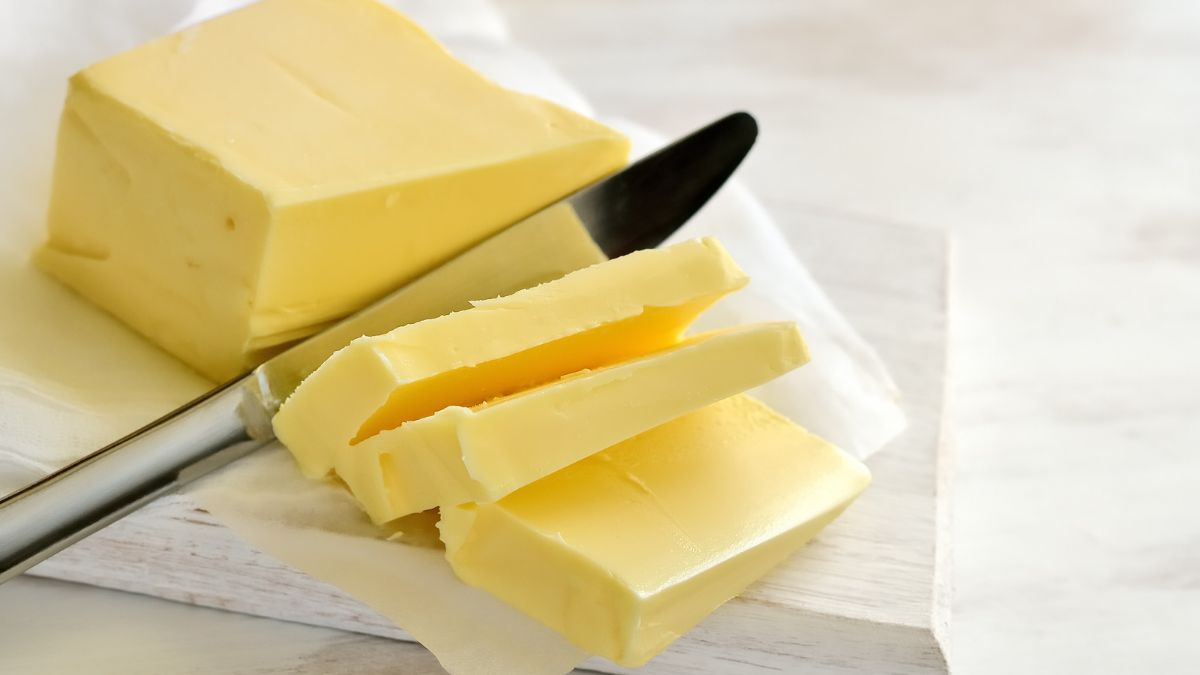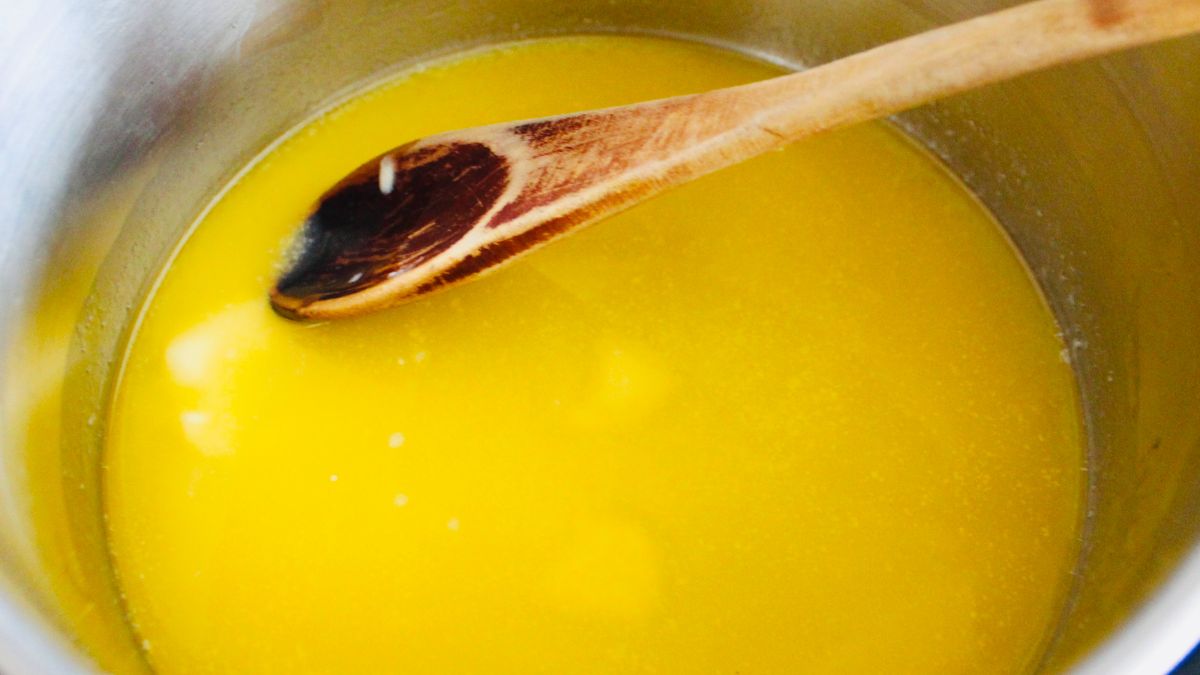How Is Butter Made? (Explained)

This milky, fatty, savory and incredibly rich addition to almost any meal imaginable has been around for much longer than we can remember. Over time, butter has found countless applications in cooking, baking, and even in beverage making. Smear it on some bread, and you have a rich meal, or add it to the dough and a rich and incredibly delicious baked good. Butter is indeed a magical ingredient, but how is butter made?
Butter is made from milk cream. It is churned until the liquid and fat separate. Its final condition is semi-solid, but it is left to cool down and solidify.
When you think of butter, you must get the idea that it is complicated to make, while it isn’t rocket science since it has been made at home for much longer than in the factories. In the following paragraphs, I will explain how butter is made at home so that you can make it yourself and in the factories to know exactly what you are paying for.
How Is Butter Made In a Factory?
The factory production process of butter most often consists of seven steps. Depending on the factory equipment, the number of steps may be higher or lower than seven, but the procedure is more or less the same.
The butter production process starts with milk collecting. You made butter with full-fat cow milk. After collection, the milk is tested for quality and safety. If the milk is safe, it can be taken to the production plants, and if something is wrong, they will discard the butter.

The third step is skimming the milk. This is done through a process called centrifugation, where the milk is spun at a very high speed so that the fat and the liquid separate. This isn’t churning.
The centrifugation is done in a particular machine designed especially for that purpose. The fat goes in the middle, and the liquid goes through a special tube.
What we need for butter is cream. The cream goes through the next step, pasteurizing, to ensure no microorganisms are floating inside. The pasteurization takes about 20 seconds at a high temperature, from 60 to 90 °C (140 to 194 °F).
Then, the cream goes through physical maturation for 24 hours. The purpose of this process is for the butter to thicken and become more acidic. The acidification is achieved by adding selected lacto bacteria.
The second to last step is churning. The cream is mixed in a particular machine to separate the fat from the liquid again. The machine pushes the cream very hard, which is why this is a very important part of making butter.
The final step is blending. The pieces of butter are blended and washed with water. They are then separated into individual butter cubes and sent out to pack.
How Is Homemade Butter Made?
Homemade butter includes the same steps as factory-made butter, but since this is a new age, you don’t have to follow them, as you can skip milk collecting, pasteurizing, and centrifugation.
The first three steps are already done when you buy heavy cream. The next step is to pour the heavy cream into a blender. Pour the heavy cream into the blender cold and start blending.
Blend for about four minutes, and you will notice that the fat and liquid separate. Use a cloth to strain the liquid, keeping the fat in the cloth.

Wash the fat with water and make one butter cube with the fat pieces. Place the butter cube on a plate and put it in the fridge to cool down and solidify.
If you want unsalted butter, the abovementioned procedure is all you need. However, if you want salted butter, add salt to the heavy cream before blending it.
How Was Butter Made in the Old Days?
In the old days, they poured milk into a container made of animal materials, such as bones and skins. They shook the container long and hard until the fat and liquid separated. The fat (the butter) was then placed in glass containers and left to cool down.
The famous butter churns were invented in Europe in the sixth century. It was a wooden barrel with a hole in the middle. A plunger came through the hole in the middle of the barrel.
They jerked the plunger up and down until they separated the fat from the liquid. From there, the procedure was pretty much the same- washing the fat and storing it to harden.
